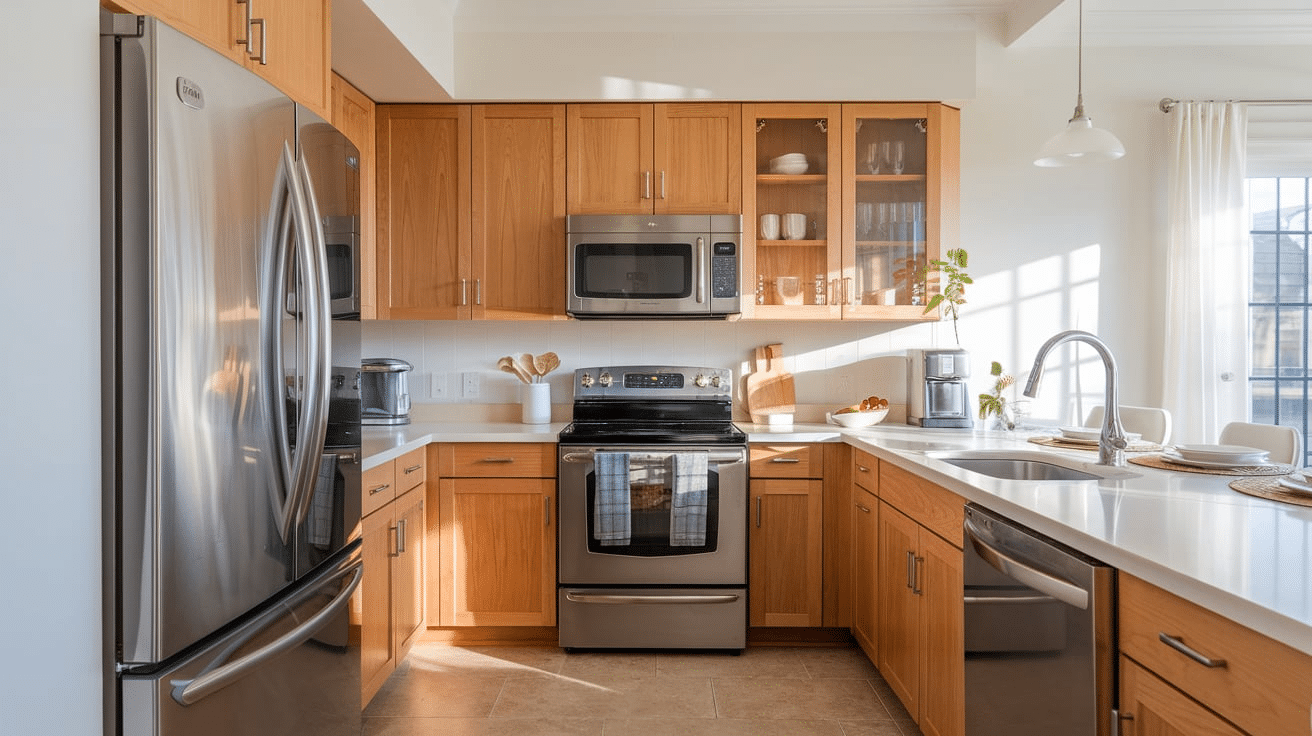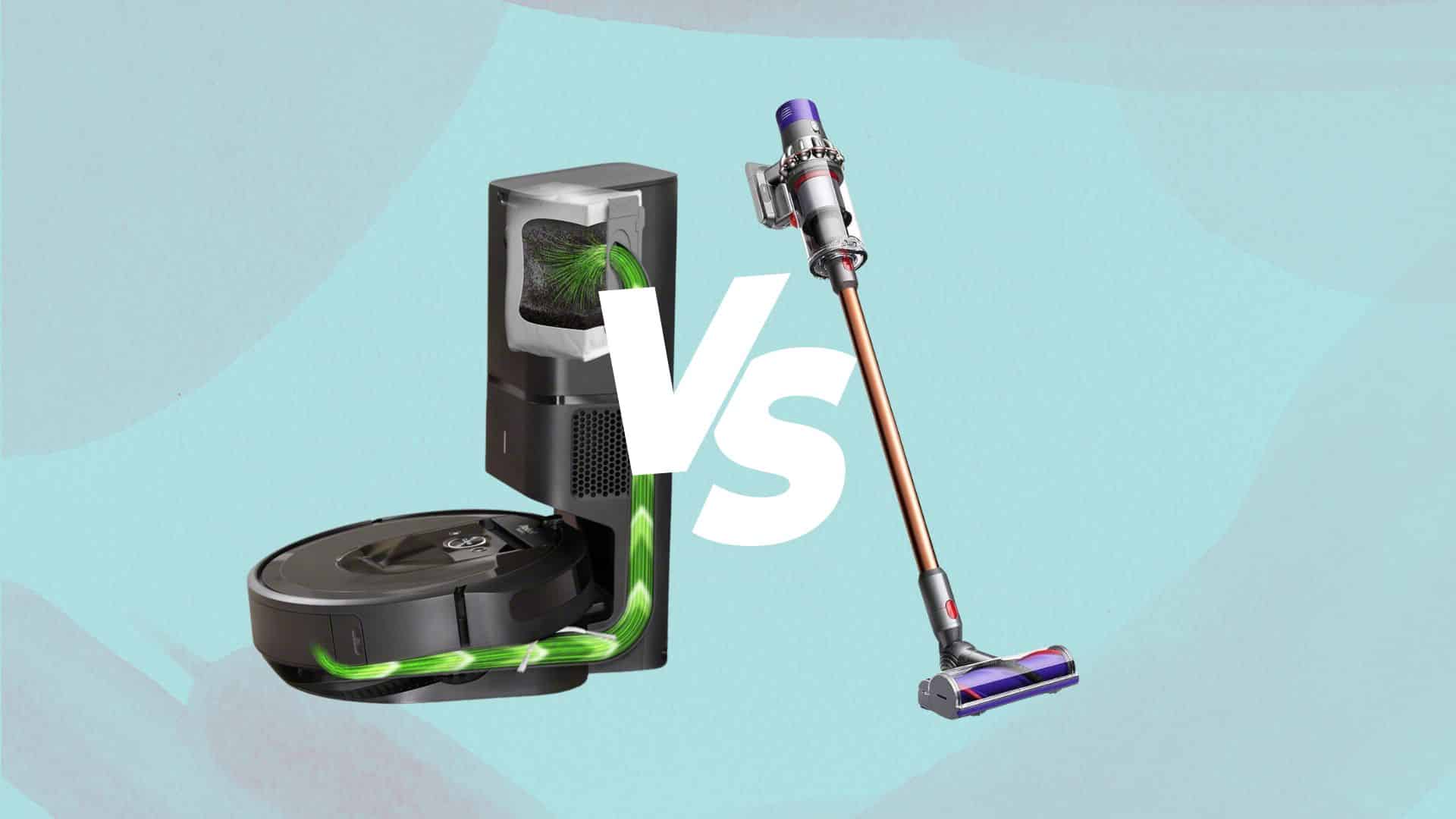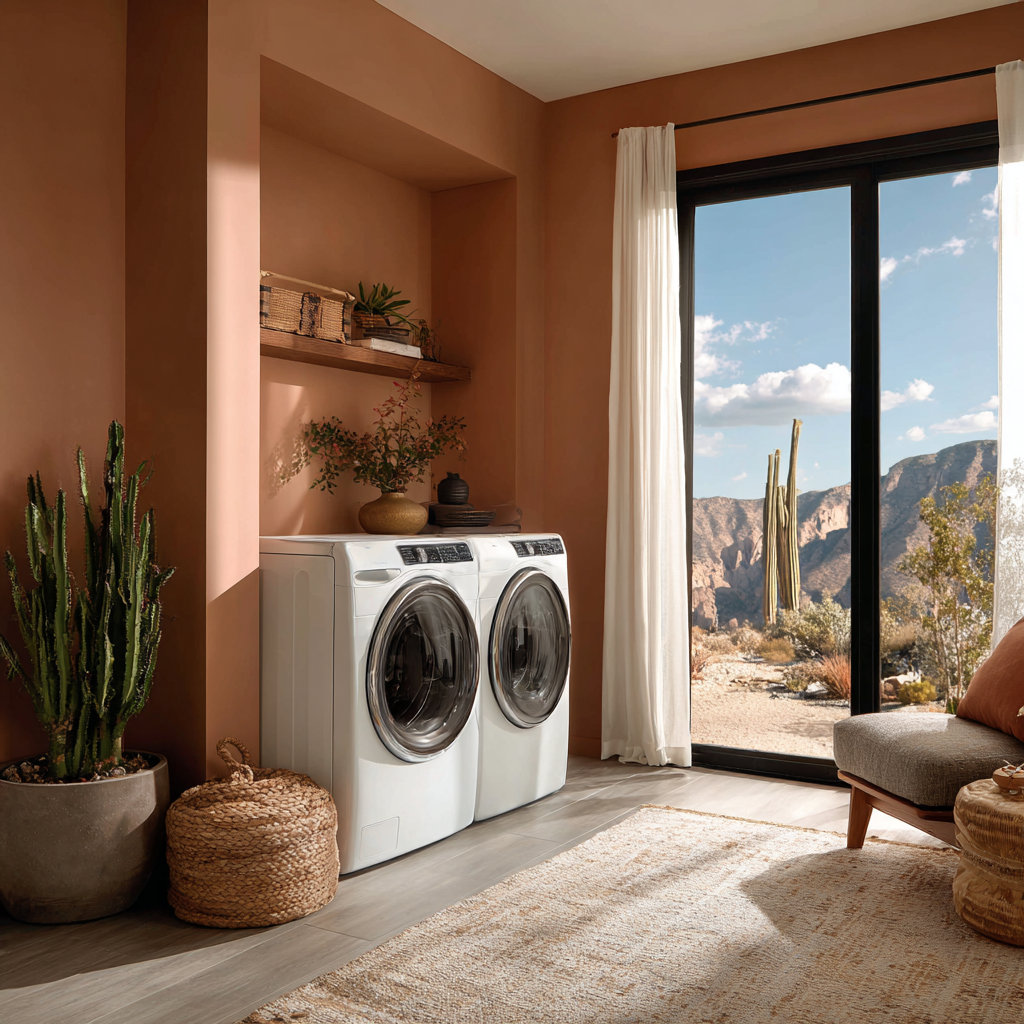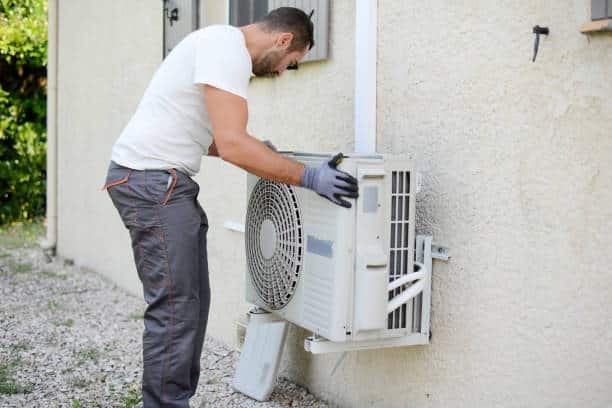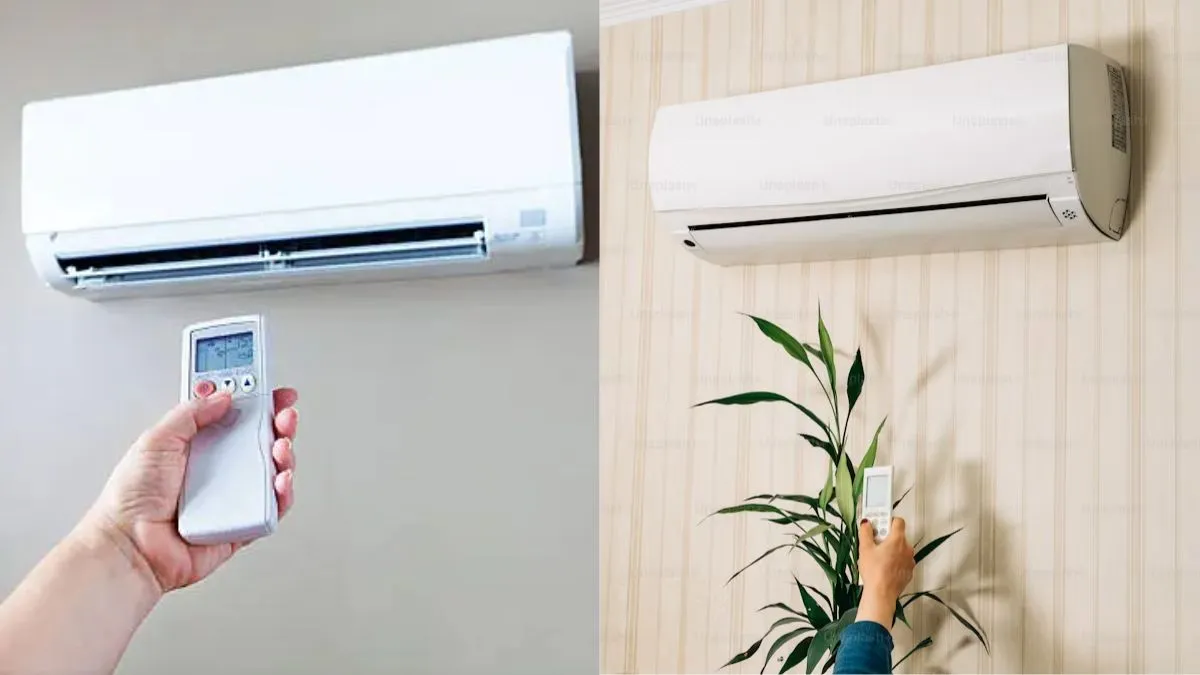How to Choose the Best Leaf Blower for Your Outdoor Area: A Comprehensive Guide
When it comes to keeping your outdoor space clean and tidy, a leaf blower can be a real game-changer. But with so many models on the market, how do you know which one is right for your garden? Whether you’re dealing with a small patio or a sprawling lawn, the key is understanding the different types of leaf blowers and what features matter most.
What Type of Leaf Blower Suits Your Needs?

First things first: what type of leaf blower is going to fit your situation? Let’s break it down into the most common options:
1. Corded Electric Leaf Blowers
If you have a small to medium garden and easy access to an electrical outlet, a corded leaf blower is often a good choice. These models tend to be lighter, quieter, and more environmentally friendly since they don’t rely on petrol.
They’re perfect for short, straightforward jobs, but the downside is you’re tethered to a cord. That can get annoying if you need to cover a large area or have obstacles in your way.
2. Cordless Battery-Powered Leaf Blowers
Want freedom of movement without the hassle of petrol? A cordless, battery-powered leaf blower is a great option. These have come a long way in recent years, and many are just as powerful as their corded counterparts.
They’re ideal for small to medium gardens, but keep in mind that battery life can be a limitation. If you’ve got a big space to clear, you might need to recharge or have a backup battery on hand.
3. Petrol-Powered Leaf Blowers
For larger outdoor spaces, petrol-powered leaf blowers tend to be the go-to choice. They offer superior power and can handle more demanding tasks, such as wet leaves or heavy debris. On the flip side, they’re noisier, heavier, and require more maintenance. Not to mention, they aren’t as eco-friendly, which may be a consideration if you’re trying to reduce your carbon footprint.
Features to Consider
Once you’ve narrowed down the type of leaf blower, it’s time to look at specific features. Here’s what to pay attention to:
Air Speed and Volume
One of the most important things to check is the blower’s air speed, usually measured in miles per hour (mph) or kilometres per hour (km/h). The higher the speed, the more powerful the airflow, which means better performance.
However, air volume (measured in cubic feet per minute, or CFM) is just as crucial. A higher CFM will allow you to move more leaves at once, which is particularly helpful for larger areas.
Weight and Comfort
Leaf blowers come in a variety of weights, and if you’re going to be using one for an extended period, you’ll want to make sure it’s comfortable to handle. Some models come with shoulder straps, while others are ergonomically designed to reduce strain on your arms and back. If you can, try holding a few different models in-store to see which one feels best.
Noise Level
Nobody enjoys the roar of a loud leaf blower, least of all your neighbours. Check the decibel rating (dB) of any model you’re considering, especially if you live in a quiet neighbourhood. Electric models are typically much quieter than petrol-powered ones, and some modern designs have noise-reducing features built in.
Battery Life (for Cordless Models)
If you’re opting for a cordless leaf blower, battery life will be a critical factor. Look for models that offer at least 30-60 minutes of continuous use per charge. If you’ve got a bigger garden, you may want to invest in a second battery or a rapid charger, so you’re not left halfway through the job with a dead blower.
Ease of Use and Maintenance
No one wants a tool that’s a pain to operate or keep in working condition. Corded electric models generally require the least maintenance—just plug in and go.
Cordless models need regular charging and may need battery replacements after a few years. Petrol models demand the most care, as they need regular fuel, oil changes, and occasional tune-ups to keep them running smoothly.
Should You Consider Additional Functions?
Some leaf blowers come with added features that can make your gardening chores even easier. Here are a few extras you might find handy:
Vacuum/Mulcher Combo
A leaf blower that doubles as a vacuum or mulcher can be a lifesaver if you’ve got loads of leaves to deal with. Instead of simply blowing them into a pile, you can suck them up and mulch them into fine bits for easy disposal or composting. This is especially useful in autumn when you might have an overwhelming amount of leaves to tidy up.
Speed Settings
Having adjustable speed settings is a great feature for those who need a bit more control. You can use a lower speed for delicate areas, like flower beds, and crank it up when you’re dealing with more stubborn debris. This helps you avoid damaging plants while still being able to tackle tougher jobs when necessary.
What’s Your Budget?
Of course, cost is always a factor. Leaf blowers range from budget-friendly models to more professional-grade options, and you’ll want to find one that fits your needs without breaking the bank.
- Basic Models – Ideal for small gardens or light use, typically priced between £30-£80. These are usually corded or low-powered battery-operated models.
- Mid-Range Models – If you need a bit more power or have a medium-sized garden, expect to spend between £80-£150. These could include higher-powered battery models or more robust corded versions.
- High-End Models – Petrol blowers or high-powered cordless models for large gardens fall in the £150-£300 range. These are designed for serious users who need more power and durability.
Conclusion: Making the Right Choice
Choosing the right leaf blower for your outdoor space is all about balance. Think about the size of your garden, how often you’ll use it, and what your priorities are—whether it’s power, convenience, or environmental impact. By understanding the types, features, and budget options available, you’ll be better equipped to pick the leaf blower that suits you best.


